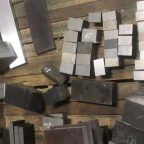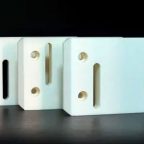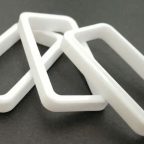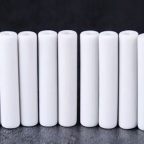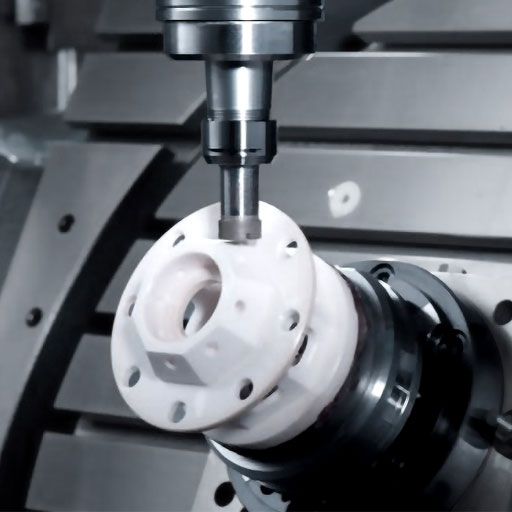The sol-gel method is a method of converting a sol with a concentrated metal oxide or hydroxide into a gel, and then drying the gel and then calcining it to obtain an oxide. The sol of ceramic powder will be further elaborated by Pintejin ceramic manufacturer below.
The sol of ceramic powder first causes fine particles to be suspended in an aqueous solution (sol), and then drops the sol into a dehydrating solvent to make the particles agglomerate into a colloid (ie gel), and then remove the solvent or allow the solute to precipitate. turns into a gel. The pH value of the solution, the ionic or molecular concentration of the solution, the reaction temperature and time are the four main parameters that control the gelation of the sol. The pH value and reaction temperature of the solution are the main control conditions for the preparation of simple oxide (such as SiO₂) powders. The gelation process of sols with different components is different. The main parameters to control the gelation process need to be summarized from the experimental data. get.
This method was first used to manufacture ThO₂ in the 1960s, and the obtained ThO₂ powder has good sinterability and can be sintered at a temperature of 1150°C. The density of the obtained product is 99% of the theoretical density, and it can be seen that the density is quite high. The sol-gel process can be used not only to prepare micropowders, but also to prepare films, fibers, bulk materials and composite materials.
The Sol Of Ceramic Powder
Its advantages and disadvantages are as follows:
- There is no need for mechanical mixing during the preparation of high-purity powder (especially multi-component powder), and it is not easy to introduce impurities;
- Good chemical uniformity Because in the sol-gel process, the sol is prepared from the solution, and during the gel, the reactants are uniformly mixed at the molecular level;
- Fine particle size of colloidal particles is less than 0.1μm;
- This method can accommodate insoluble components or non-precipitating components. The insoluble particles are uniformly dispersed in the solution containing the components that do not produce precipitation. After gelation, the insoluble components can be naturally fixed in the gel system, and the insoluble components The finer the particles, the better the chemical uniformity of the system;
- Uniform doping distribution The soluble trace doping components are uniformly distributed and will not be separated or segregated. Superior to alkoxide hydrolysis;
- The chemical reaction is easier to carry out than the solid-phase reaction, and the synthesis temperature is lower;
- The process and equipment are simple, but the raw materials are expensive;
- The sintering temperature of the spherical gel particles after drying is low, but the sintering property between the gel particles is poor, that is, the sintering property of the material is not good;
- Large shrinkage when drying;
- The sol-gel process takes a long time, usually several days or weeks.
Pintejin Ceramics is a professional manufacturer of industrial ceramics, mainly engaged in the research and development and production of zirconia ceramics and alumina ceramics. We can process ceramic products according to your drawings, specializing in the production of high-precision ceramic rods, ceramic tubes, ceramic rings, ceramic plates, ceramic flanges, ceramic nozzles, and customized precision ceramic parts, etc.
Pintejin machining ceramic service include : Alumina Ceramic Parts, Zirconia Ceramic, Silicon Carbide Ceramic, CNC Machined Aluminum Nitride Ceramic, Machinable Ceramic Parts, Glass Ceramic,Macor Ceramic,Powder Metallurgy Dies,Ceramic Injection Molding,Ceramic Dry Pressing,Ceramic Extrusion Dies
